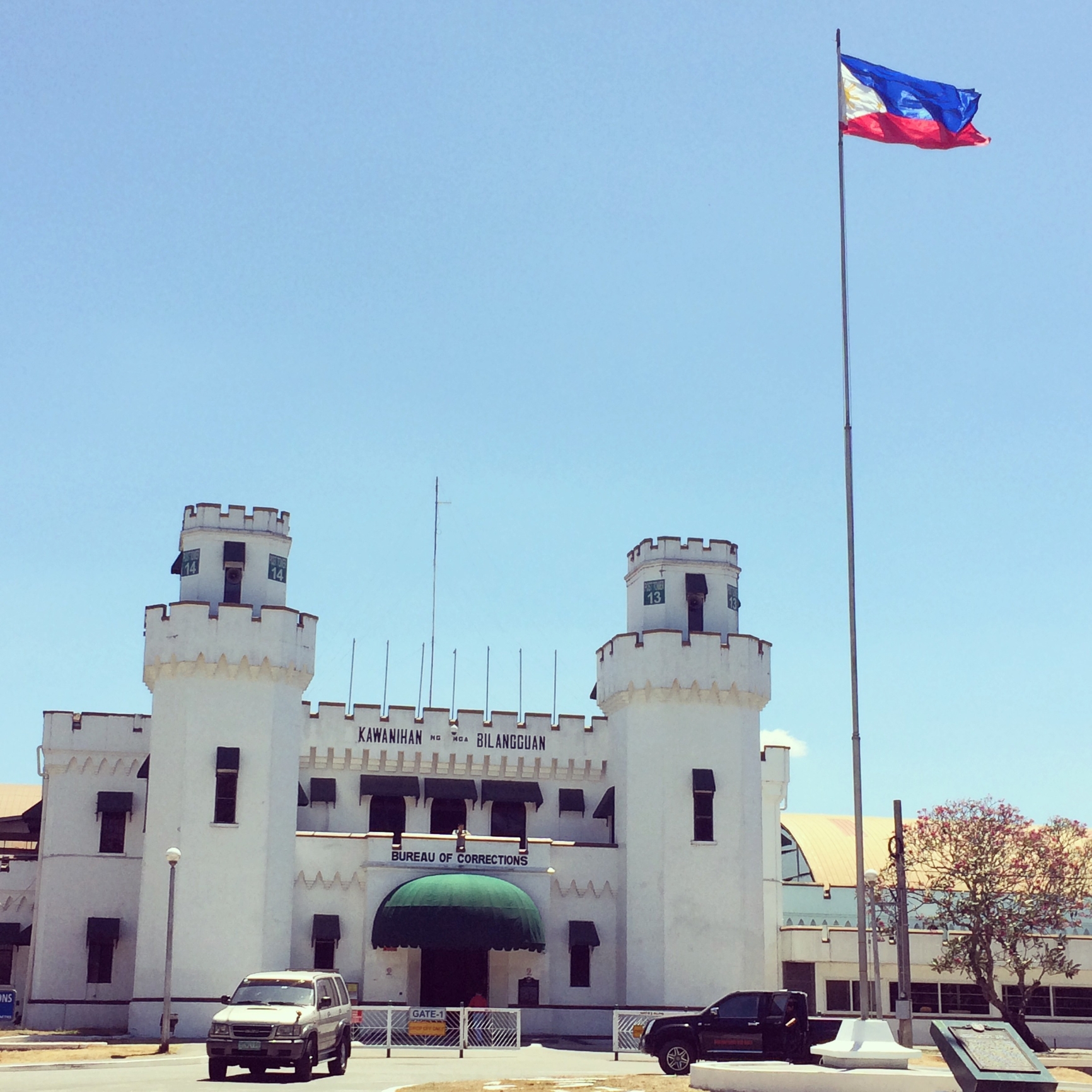Government agencies and an industry group are banking on intellectual property to revitalize the Philippine textile and fashion industry toward global competitiveness, according to the Intellectual Property Office of the Philippines (IPOPHL).
“IP can incentivize the creation of innovative processes and products that can revolutionize fashion across the value chain, from fabric production to design, development and distribution. We hope the technologies we integrate will also attract the tech-savvy youth to create a stronger force for this movement,” IPOPHL Director General Rowel S. Barba said at the Gawad Yamang Isip Awards and Fashion Night organized by IPOPHL last April 26.
The IPOPHL added that through intellectual property, the Philippines could promote the circular economy and make a way for fast fashion and sustainable wear to “operate in harmony.”
Through the industry’s lens, Philippine Textile Research Institute (PTRI) Officer-in-Charge Julius Leaño Jr. shared how the agency recently “shifted gears” to a more aggressive patenting strategy during the pandemic to “break new grounds” in textile innovation.
“When we diversified our textile research and development portfolio at the height of the pandemic, we needed to be brought up to speed with patent search and documentation skills,” Leaño said.
He added that IPOPHL responded to PTRI’s goal to build “internal capacity” at the height of the pandemic in 2020.
The PTRI official said that the research institute’s revamped innovation strategy involves a “more robust” use of the patent system, starting with a patent search to identify white spaces in the textile innovation space to applying patent grants for its technologies at the earliest possible phase in research and development.
Leaño attributed PTRI’s “improved maturity” in optimizing the IP system to “numerous training interactions and guidance” IPOPHL has been extending to PTRI in recent years.
For the fashion industry, Philippine Fashion Coalition (PFC) President Carissa Cruz-Evangelista lauded IPOPHL for its work in “solidifying capacities” of universities and colleges to utilize and promote the use of the IP system, which it said is a core mission of IPOPHL’s Innovation and Technology Support Office (ITSO) program.
She also highlighted the role of IPOPHL for making IP more accessible in the regions through its IP satellite offices (IPSOs) stationed at the Department of Trade and Industry (DTI) regional offices but determined the need to widen the reach of IP services and assistance.
“We would like to partner more with IP to bring these satellite offices not just in the regional offices of DTI, but to other places nationwide,” Cruz-Evangelista said at the GYI-cum-Fashion Night.
Further, she called on the government and the private sector to “sustain the momentum” and collaboration to propel the Philippine fashion, wearables and textile industries towards global competitiveness, underscoring the economic gains to be enjoyed by those part of their value chains.
“From soil to skin, [these industries] will provide many jobs—jobs for farmers, weavers, the mills, designers, the sewers and more,” Cruz-Evangelista added.
For her part, the Philippine Fiber Industry Development Authority (PhilFIDA) Officer-in-Charge Executive Director Annray V. Rivera committed the agency to be a partner in implementing the geographical indications (GI) regulations for the fiber craft industries.
Rivera said this commitment expresses PhilFida’s goals “to protect and promote the hard work and passion” that Filipinos put into local fiber crafts and other valuable fiber-based IP products which are sources of both economic strengthening and creative cultural expressions.
Out of over 30 Philippine products vetted as potential GIs, IPOPHL said over 30 percent are textile and wearables.
The current GI map counts in Lake Sebu T’nalak, Buhi Weave (Camarines Sur), Liliw Footwear, Lumban Embroidered Barong, Sabutan Weave of Aurora, Aklan Piña Cloth, Bagtason Loom of Antique, Basey Banig of Samar, Tibiao Piña Fiber of Antique and Yakan Cloth of Zamboanga and Basilan, IPOPHL noted.
Image credits: Lisylphoto | Dreamstime.com

![[FILE] T’boli women in traditional clothing weaving the sacred T’nalak cloth using abaca plant fibers, Koronadal, July 16, 2016.](https://businessmirror.com.ph/wp-content/uploads/2023/05/Tnalak.jpg)































